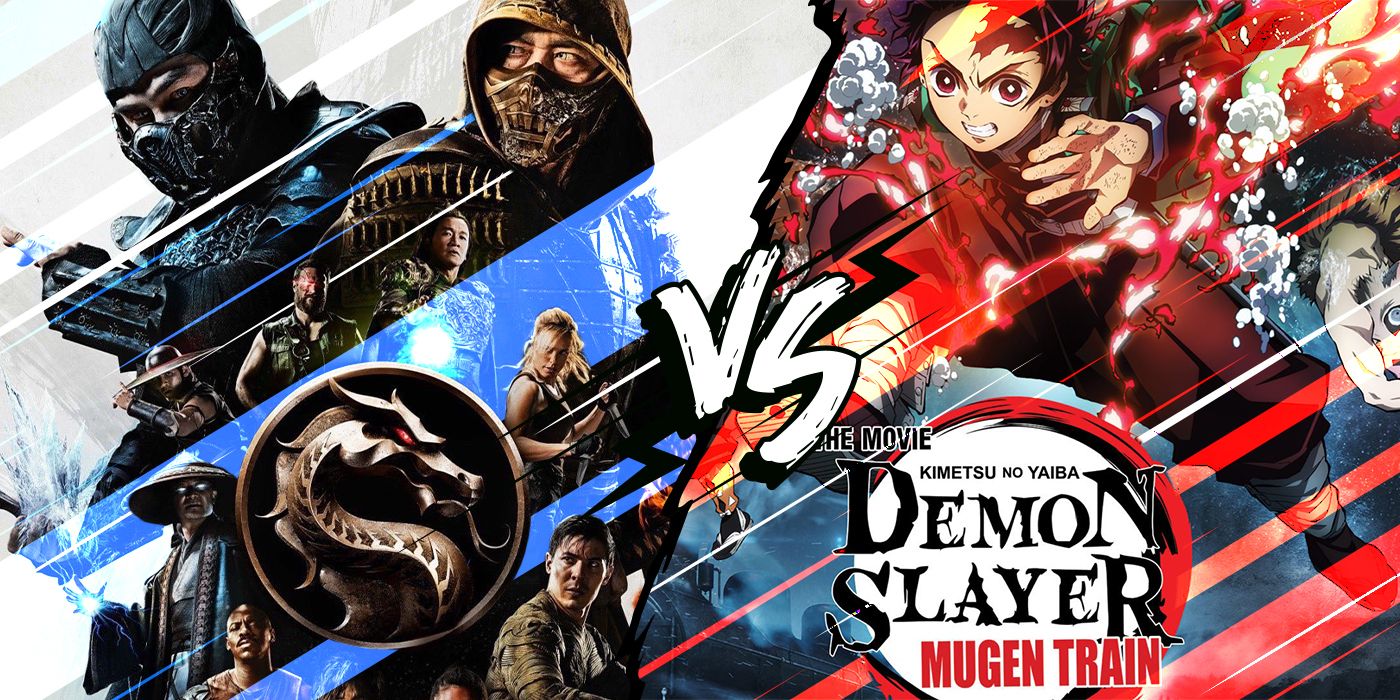
If you find my AI to be very difficult for you to handle Version 1.0 - Based On Gui0007's Version 3.0ġ. for example.Hello folks it's me again here with a stand alone edit to Gui0007's MKII MUGEN game that I wanted to share with you all.

Cyborgs ( Cyrax, Sektor, and the Cyborg Smoke).The female ninja ( Kitana, Mileena, Jade, and Khameleon).The male ninja ( Scorpion, Sub-Zero, Reptile, Smoke, Noob Saibot, Ermac, Rain, Chameleon, and Tremor).For Mortal Kombat: Armageddon, fighting styles were reduced to a maximum of two per character: one unarmed style and one weapons style (though some characters have 2 unarmed styles). There are a few exceptions to this, such as monster-like characters like Onaga, who would have only one fighting style. Most characters would have two unarmed fighting styles, and one weapons style. In any case, the games after Mortal Kombat 4 changed this by finally differentiating characters normal moves and even giving them multiple fighting styles. Supporters however felt that normal move complexity mostly added to the game's learning curve without adding real strategic depth, and that greater strategic depth and fun factor was created by having more radically different special moves, and thus believe that Mortal Kombat had better gameplay. Critics felt that the gameplay of Mortal Kombat was inferior due to having less complexity in the normal moves compared to Street Fighter and other series. There were two schools of thought on this topic. Compared to similar fighting games of its generation, Mortal Kombat had a wider variety of special moves. Essentially this led to increased importance placed on special moves, as they were the only unique part of most characters. Whereas other fighting games had characters with differences in speed, range, height, normal moves, strength of normal moves, walking speeds, jumping heights and distances, and so on characters in Mortal Kombat differed only in their special moves and finishing moves. The Mortal Kombat characters played virtually identical to one another (with the exception of unplayable bosses and hidden characters). which featured different heads and thus looked more varied, Mortal Kombat's characters featured totally different special moves, making each more varied from a gameplay perspective.įurthermore, the 2D Mortal Kombat games are notable when compared to their contemporaries in the terms of character differentiation. However, unlike palette-swapped characters such as Ryu, Ken, Akuma etc.

Many of the series' most popular characters were spawned from these palette swaps.

This was most prominent with the series' various ninja based characters. More so than other fighting games at the time, Mortal Kombat was famous for re-coloring certain sprites to appear as different characters.
MORTAL KOMBAT 2 MUGEN CHARACTERS SERIES
The first few games of the main Mortal Kombat series in which characters had their color palette completely swapped around, rather than creating new character models for them. Palette swaps are commonly used to distinguish between first and second players, for creating visual hierarchies, and for making visually distinct areas for levels in games. The different palette gives the new graphic another set of colors, which makes it recognizably distinct from the original. All the Palette Swap characters featured in 2D MK games, except Khameleon and Chameleon.Ī palette swap is a technique used mainly in video games, whereby a graphic that is already used for one element is given a different palette, so it can be reused as other elements.


 0 kommentar(er)
0 kommentar(er)
